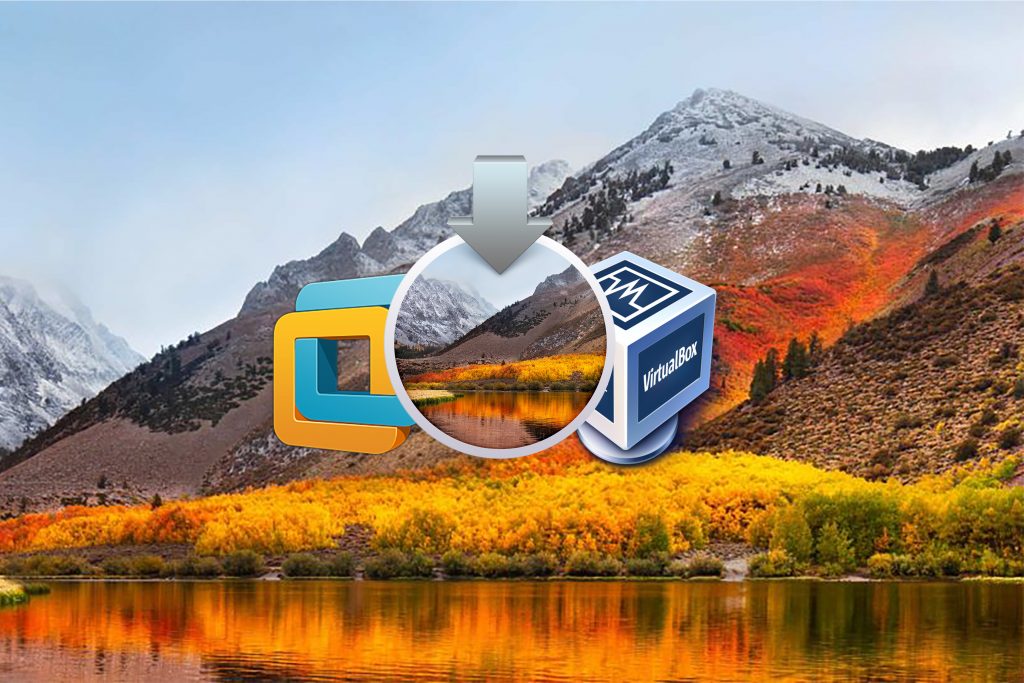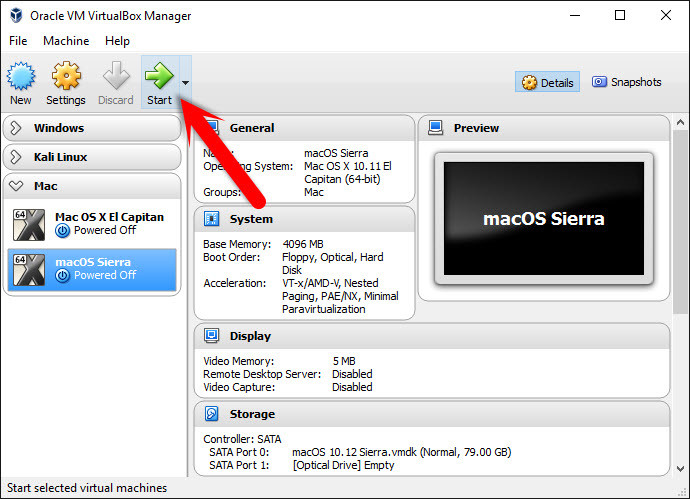

Regarding compatibility, Hyper-V can run various operating systems, including Windows, Linux, and macOS. Virtual Machine Platform is included with Windows 10 version 2004 or later and supports Linux containers and Windows Sandbox. It was created to provide a lightweight and efficient virtualization solution for running containerized applications and microservices.

Hyper-V includes Windows 10 Pro and Enterprise and provides advanced virtualization features such as live migration and virtual networking.Ī Virtual Machine Platform, on the other hand, is a type 2 hypervisor, which means it runs on top of a host operating system. It is designed to create and manage multiple virtual machines, each running its operating system. Hyper-V is a type 1 hypervisor, which means it runs directly on the host system’s hardware. However, some differences between the two may affect your choice of which to use. Hyper-V and Virtual Machine Platforms are both virtualization technologies Microsoft provides for Windows operating systems. Click “OK Hyper v vs Virtual Machine Platform.Enable the “Virtualization Extensions” option.Increase the amount of memory allocated to the virtual machine to at least 4 GB.Right-click on the virtual machine and select “Settings”.Configure the Virtual Machine:Īfter installing the Hyper-V Integration Services, you can configure the virtual machine settings to optimize performance. Follow the instructions to install the Hyper-V Integration Services.


Click on “Get” to start downloading the installer.Search for “macOS High Sierra” in the search bar.


 0 kommentar(er)
0 kommentar(er)
